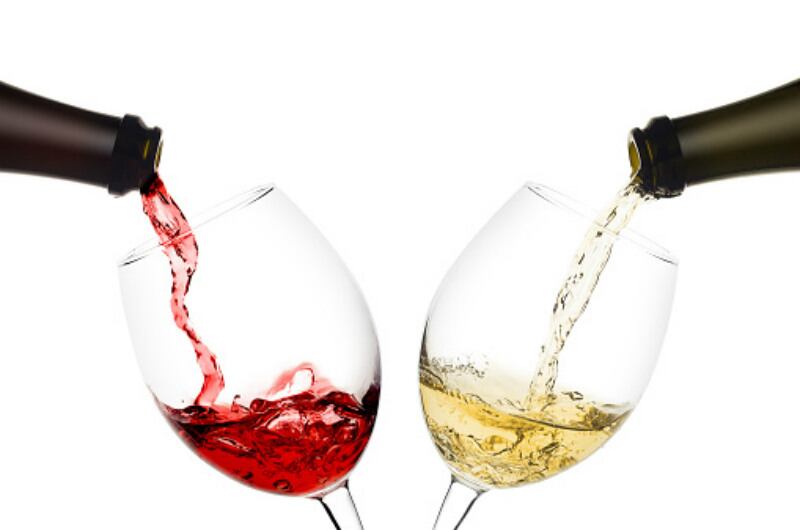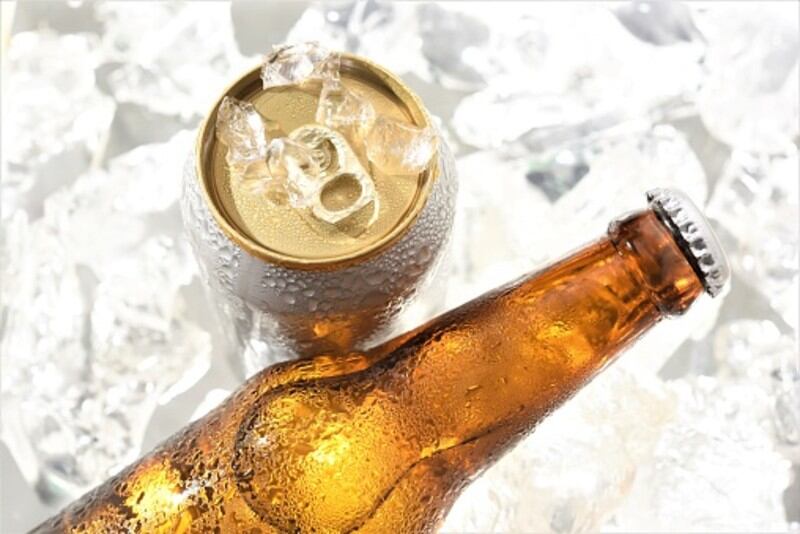Based on findings from a three-year long study conducted by a working group comprising the China Food Science and Technology Society, China Food and Fermentation Industry Research Institute, National Food Safety Risk Assessment Centre and the China Alcohol Industry Association since 2019, China’s National Health Commission (NHC) has published a new set of draft regulations to govern local alcoholic product labelling.
One key element in the draft rules seeks to protect local wine manufacturers from having to unnecessarily reveal ingredient information that would detrimentally affect their trade secrets or IP rights, particularly when it comes to fruit wines.
“Fruit wines that are produced via the fermentation of multiple types of fruits [may face complications under the current regulations] as requiring them to reveal the ratio of each type of ingredient or fruit juice they use may be part of their individual technical production secrets,” the NHC said via a formal statement.
“As such, the working group has concluded that it is not a suitable practice to mandate companies to declare the specific juice contents coming from each type of fruit on the product labels.
“Moving forth it would be sufficient to just declare ‘the total original fruit juice content’ on the labels [which] will hopefully help to protect each companies’ technical and trade secrets whilst also adhering to the requirements for ingredient information on the product labels.”
In addition, indicating product shelf life or expiration dates on labels will no longer be mandated for wine and other relevant blended products that have a high enough alcoholic content of 10% ABV or more.
The working group also determined that methanol limits should be implemented for fruit-based wines due to the components that are present or emerge during the natural fermentation process.
“It has also been found that during the production process of certain wines using fruits as a key ingredient such as fruit-based and grape-based wines, fruit pectins that are naturally present in the fruits will be converted into methanol under the action of pectinases and yeast,” said NHC.
“This contributes directly to the methanol content in the wines as a result, and studies have proven that this pectin content and the amount of pectinase present are directly proportional to the methanol content in the wines.
“After extensive research and consultations on the relevant regulations, standards and documentation from multiple markets including the United States, the European Union, Australia and New Zealand, South Korea and advice from the International Organisation of Vine and Wine (OIV), we are recommending that methanol limits for wines be introduced in China.
“These limits will be applicable to multiple wine variants including white wine, red wine, rosee and fermented food wines.”
The draft regulations are open for public comment on the NHC website until March 20 2023 – comments and feedback can be submitted here.
Other alcohol-related regulations
On the other hand, the working group also recommended that limit indices for formaldehyde be removed from the national alcohol regulations.
“At present, formaldehyde limit requirements of 2mg/L are still specified in China’s regulations as this was widely used in beer production over the last century, resulting in there being residual amounts in the products,” said the agency.
“With the technological progress the industry has seen and continuous infrastructure improvement, the beer sector no longer uses formaldehyde in its production process and existing regulations already outlaw the use of formaldehyde as a processing aid.
“Beer production is only metabolised by microorganisms during its fermentation process leading to trace formaldehyde amounts, and the working group has already collected relevant data on formaldehyde content in local beers and found this to be negligible, so there is no longer a need to specify formaldehyde limits – the same is being done in many other international markets as well.”



